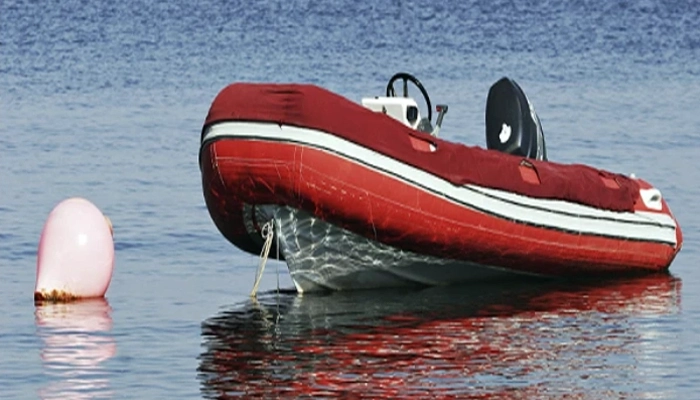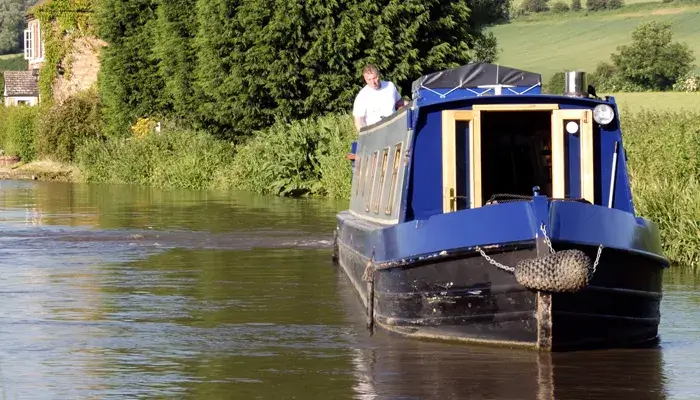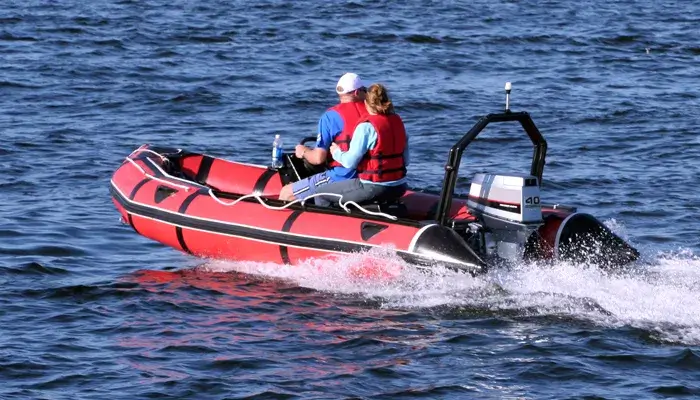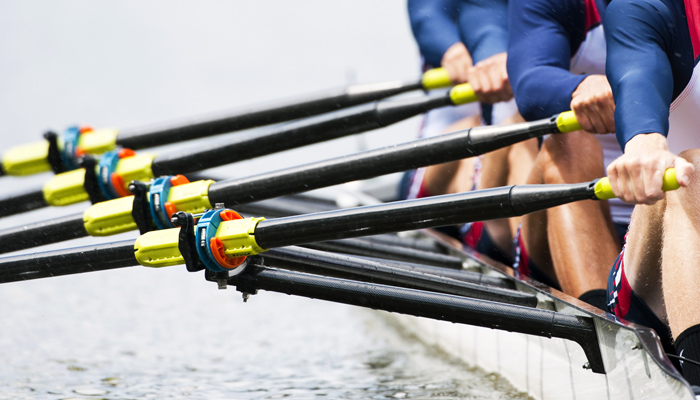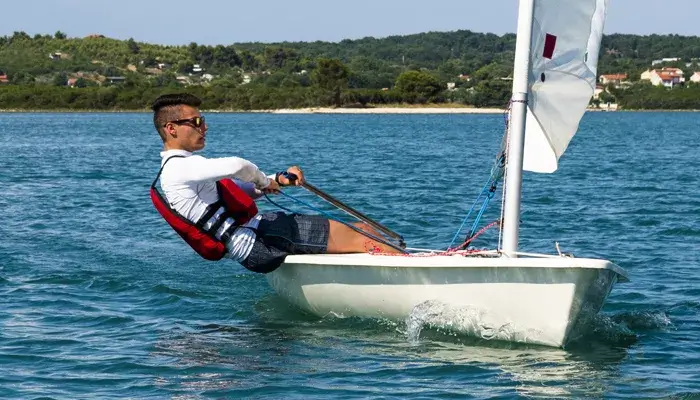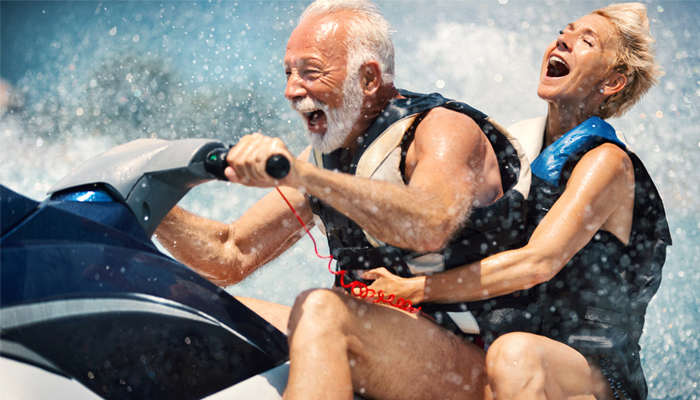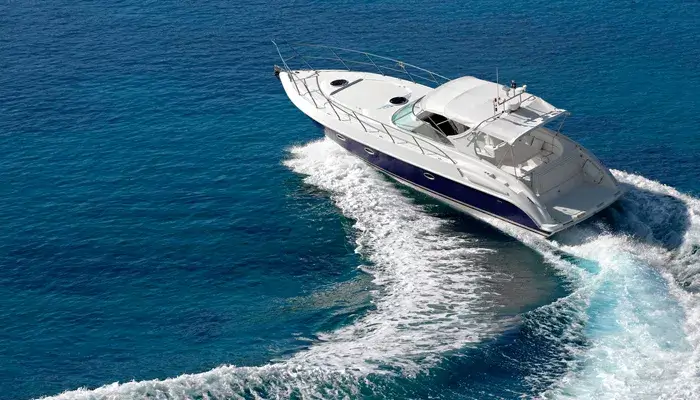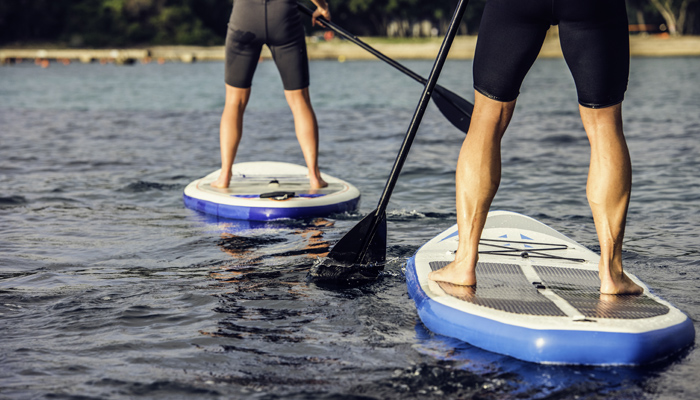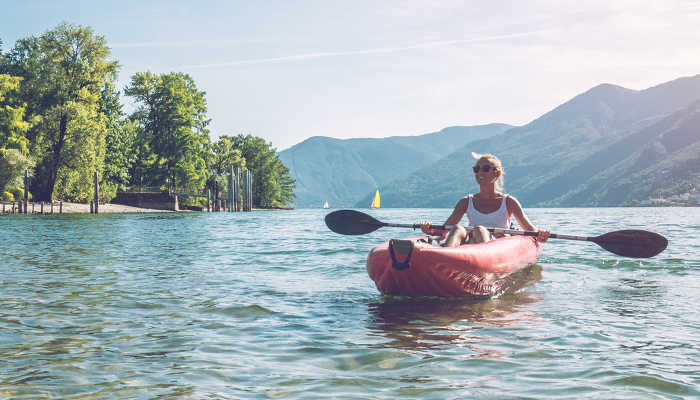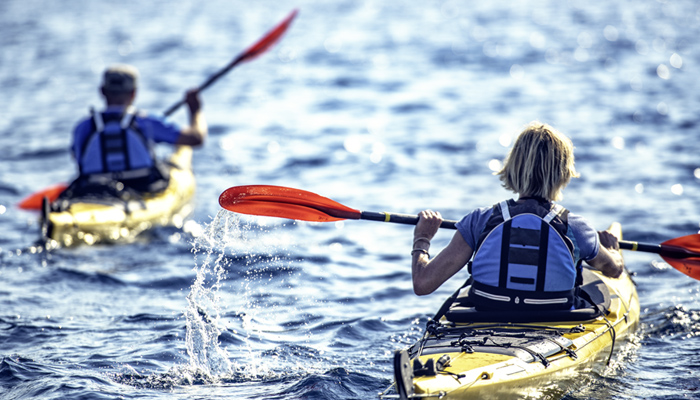Essential Safety Devices for RIBS
We don’t need to tell you twice that safety on the water is the most important part of boating. No matter how experienced you are it’s important to have the correct safety kit on board should a freak accident happen out of the blue.
If you are an experienced boatman, you probably already own many of the items listed. If that's the case, think of this article more as a check list. Moreover, ask yourself this - are all these items in good working order on your RIB?
Here's our check list of five essential safety devices for your RIB:
Marine VHF
Communication is key to safety at sea. Even if all is well and you don't need to transmit a distress call, a VHF radio can help you communicate with other craft round you and allow you to agree a clear course on the water with other boat users. If you're unsure which trajectory another craft is taking, your VHF radio may provide a means for clearing up confusion and avoiding a collision.
Extra precaution - In the heat of an emergency, even the most well drilled VHF radio operator may forget their lines. As an extra precaution, make sure you have some clear written reminders of emergency procedure to hand or within eye shot of your radio. You can make these yourself by simply typing out clear instructions and having them laminated to make them waterproof or you can purchase them for around £9 from good marine equipment retailers.
Helpful tip
Firstly, check that your VHF radio is in good working order. If it is hand held, make sure it has enough battery power ideally from an overnight charge.
Next, are your VHF skills up to scratch? You should have a short range radio certificate as a minimum legal requirement to operate a VHF or VHF (DSC) radio onboard a British flagged vessel. However, perhaps you took the course some time ago. Can you still remember the correct procedures? Furthermore, if you obtained your certificate before 1999, you will need to upgrade your certificate to the new standard. Visit the RYA website for more details.
Lights
You'd never go out in your car at night without switching your lights on so you certainly wouldn't do it on your boat! If you're out in your boat at night you'll need to have flood lights to see where you're going but you'll also need navigation lights which indicate your port and starboard sides. It is also advisable to have a powerful search light aboard. In the unfortunate circumstance that someone should fall overboard at night, the sea and the night sky will simply be black on black. The fixed lights on your boat will go some way to providing illumination however, it's helpful to have a manoeuvrable light which you can sweep across the water without having to change the direction of the boat too much. Exposure marine torches offer the best output to weight ratio of all search lights on the market making them very well suited to taking onboard your RIB at night.
Extra precaution - As with many electronics onboard, a strong battery is required. Ensure that the battery on your boat is charged. If you also have a safe place to keep them, also keep a spare bulb or two onboard should you need to replace one mid outing. Bulbs can be purchased from around £7.
Helpful tip
Once again, check each of your lights work before you go out to sea or on the river. If any of them are flickering or dim, check the connections and replace bulbs where necessary.
Flares
Flares can prevent an accident becoming a disaster and help save your life. Flares tend to be of a rocket, smoke or hand held variety and serve as an excellent way of attracting attention in the event of an emergency. You can purchase flare packs which normally include at least two of each type of flare. Most of these packs will also include a storage method which will help keep the flares dry. This is imperative to their effectiveness. In the case of the rocket variety, make sure you familiarise yourself with the way they work and adhere to any safety advice given on the pack or flare itself. This is important not only for your own safety but also to make sure that the flare is deployed in a timely manner and is as visible as possible to a passer by.
Extra precaution - If you get in to trouble during the day and wish to be seen from the air, there are luminous dye markers which you can deploy when floating in the water. The dye lasts for over an hour and marks your position by changing the colour of the water. It comes in sachets for easy deployment and can be seen by air craft as far as 10km away.
Helpful tip
Keeping flares dry is extremely important. Just as important however is keeping them away from naked flames. Although they are not as dangerous as fireworks for example, they should still be treated as explosives and handled with similar caution. If you ever take your flares off your RIB make sure you keep them locked away in a metal cabinet.
Life jackets, throw lines and buoyancy aids
Lifejackets are the single most important safety device to have on board. You may think that you're a strong swimmer but you never know how long you'll be in the water and you may need your arms to signal for help. Throw lines and buoyancy aids are also worthwhile keeping on board to aid in getting people back on board who've fallen overboard. The importance of a life jacket is reinforced further by the scenario where by the person overboard is unconscious and therefore unable to keep themselves afloat. Inflatable life jackets are designed to float people the right way up so that if a person is unconscious in the water, they will be face up and able to breathe. Foam lifejackets do not offer this feature.
Life jackets come in three main varieties, high density foam, manual inflatable and automatic inflatable. Due to the high speeds and potential danger involved when on a RIB, high density foam or automatic lifejackets are recommended. This means that in the event of an unconscious person over board the life jacket inflates for them and keeps their head above water.
It's recommended by Crewsaver that if you do choose to wear an automatically inflatable life jacket that you purchase one with a "hammer hydro static" firing mechanism. This type of life jacket inflates according to water pressure and will therefore only go off if fully submerged. Other firing mechanisms work simply by water dissolving a small pill which triggers the inflation. In this instance there is a risk that a large wave over the boat may set off the life jacket unnecessarily.
Extra precaution - many life jackets will include a whistle or a light for attracting attention. But if yours does not, these can be purchased and easily added to your lifejacket. Another easy addition is reflective tape which will allow you to be seen more easily at night.
Helpful tip
Make sure you buy your life jacket from a reputable marine equipment retailer. Also make sure that you don't get sucked in by cheaper life jackets. The higher quality products are well worth the price when it comes to both safety and durability.
In the case of an automatically inflatable life vest, always ensure that the vest's inflating mechanism is "armed". If it isn't, get it inspected by someone who knows how to replace gas canisters and automatic inflation mechanisms.
Analogue compass
On any boat, navigation is important. Many RIBs and other craft are fitted with high tech electrical methods of navigation such as GPS. But what if these fail? What if you found yourself without electrics or in dense fog unable to see the digital displays? In this instance, traditional equipment won't let you down. An analogue compass can help you find your way back. It's small, simple and lightweight and could prevent you getting stranded at sea.
Extra precaution - Bear in mind that your compass works using magnets. Although unlikely, try to keep your compass away from any strong magnetic sources as this may adjust the reading.
Helpful tip
On rough seas, it's possible for your compass to fall out of your pocket and go overboard. If you can find a compass on a chain and attach it to your life jacket or other clothing, this will help keep your compass at your side at all times.
This list is by no means exhaustive. Other safety precautions such as kill cords, prop guards, extra fuel tanks and sea assistance services are all important to think about. These items could stop a small problem becoming a very large one and in some cases can save your life or the lives of your passengers.
About the author
Adam Summersby is a respected leader with 11 years’ varied experience in niche personal and commercial lines insurance, including caravan, site operators and excess reimbursement, with proficiency in leadership, sales and account management.
Date: January 01, 2013
Category: Boat




